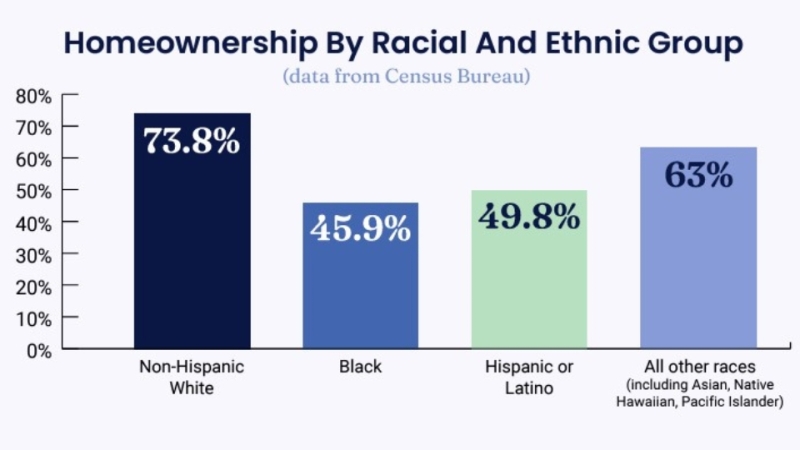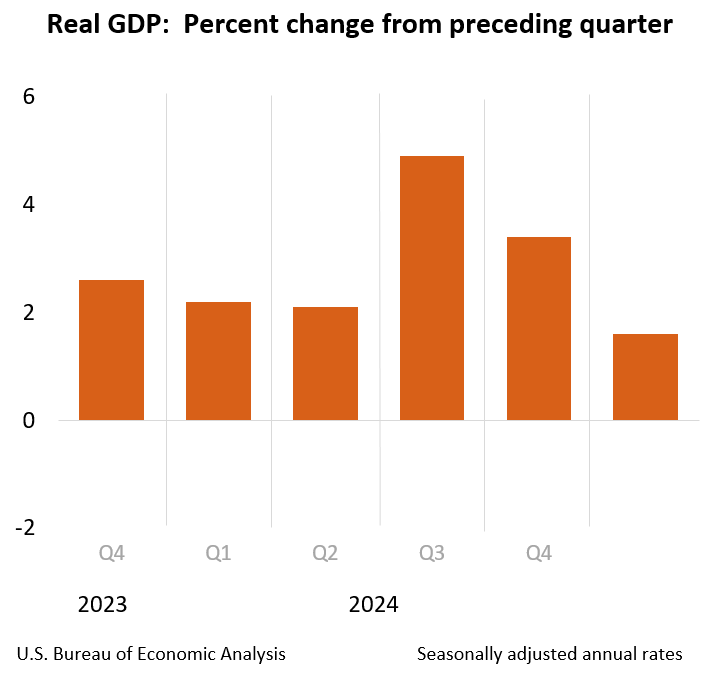Advertisement
REIPA Responds to New Guidelines on the Use of AVMs

A group of leading collateral risk and automated valuation companies announced that they are pleased with the formal recognition of the validity of Automated Valuation Models (AVMs) as part of the collateral risk process in the mortgage industry. The Federal Financial Institutions Examination Council (FFIEC) recently jointly issued their replacement to the Interagency Appraisal and Evaluation Guidelines (Guidelines) that were first established in 1994. These revised Guidelines place considerable focus on automated valuation model (AVM) requirements and mark the first time since 1994 that federal banking regulators have weighed in on the expanding use of AVMs. AVMs use computer models to instantly estimate the value of a residential property and provide an accurate but less expensive alternative to appraisals.
“This is a big step for the use of AVMs,” said Jim Kirchmeyer, chairman of the Collateral Assessment and Technology Committee (CATC) of the Real Estate Information Professionals Association (REIPA). “These new guidelines, through their specific language regarding the use of AVMs, have recognized AVMs as a valid and credible method of establishing the value of collateralized residential property in lending practices.”
The revised guidelines apply to all real estate-related financial transactions originated or purchased by a federally regulated institution for its own portfolio or as assets held for sale. The federal banking agencies have acknowledged that further revisions to the Guidelines may be necessary to address the Dodd-Frank legislation and future regulations.
“We realize that there may be additional guidance on this but we are pleased with the attention paid specifically to the use of AVMs as a method of collateral valuation,” said Kirchmeyer.
CATC also stated that they would like to recognize the collaborative work done by all of the member regulatory agencies, as well as those individuals and groups (CATC among them) that made the effort to provide necessary industry insight for the creation of such an important document. It is eminently apparent that input from the CATC was not only heard, but was appreciated, as much of the guidance provided for the validation and use of AVM as an evaluation tool mirrors the CATC white papers “Automated Valuation Model Acceptance Testing Best Practices,” May 2007, “Best Practices In Automated Valuation Model (AVM) Validation,” January 2009.
We believe that the new guidance will provide a path for lenders and other users of AVMs to utilize these evaluation tools in a safe and effective manner. By issuing the following statement, the guidance recognizes that these evaluation tools will continue to play an integral role in the evaluation process:
“An institution may use a variety of analytical methods and technological tools for developing an evaluation, provided the institution can demonstrate that the valuation method is consistent with safe and sound banking practices and these Guidelines.”
Although there remain questions on the interpretation and implementation of the Guidelines, CATC, in its role as an industry self regulating organization, is committed to participating with the regulatory agencies and the financial institutions in the process of determining the proper interpretation and implementation of the Evaluation Content and Development sections of the guidance and how that will affect the use of AVMs. It is clear that AVMs are an effective evaluation tool and are consistent with safe and sound banking practices when employed in a prudent manner. They continue to play an integral role in the residential collateral valuation process.
For more information, visit www.catcommittee.org.
About the author





